Inspired by true events, Texas Killing Fields” follows Detective Souder (Sam Worthington), a homicide detective in a small Texas town, and his partner, transplanted New York City cop Detective Heigh (Jeffrey Dean Morgan) as they track a sadistic serial killer dumping his victims’ mutilated bodies in a nearby marsh locals call “The Killing Fields.”
Before long, the killer changes the game and begins hunting the detectives, teasing them with possible clues at the crime scenes. When a local girl Anne (Chloë Grace Moretz) goes missing, the detectives find themselves racing against time to catch the killer and save the girl’s life.
Directed by Ami Canaan Mann, produced by Michael Mann and Michael Jaffe, “Texas Killing Fields” also stars Jessica Chastain (“Tree of Life,” “The Help”), Jason Clarke (“Public Enemies”) and Stephen Graham (“Pirates of the Caribbean: On Stranger Tides”).
The movie opens Oct. 14.









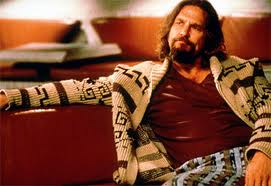

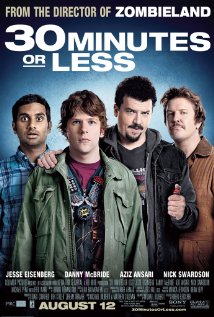

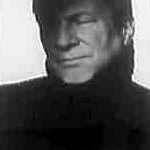
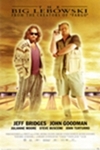
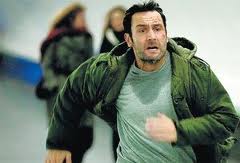
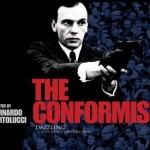
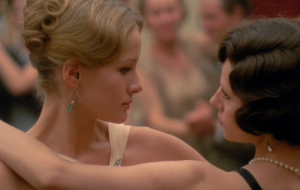





From FNB readers